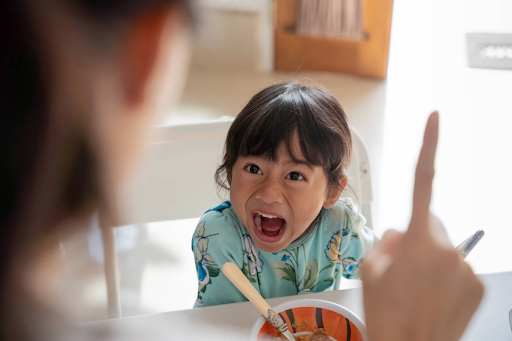When is the child ready for social class? (Social Class Eligibility)
- HEALIS AUTISM CENTRE

- Aug 20, 2019
- 3 min read

A social class is great because it provides an opportunity for your child to interact with other children, building communication and social skills which are crucial to their future. These include self introduction, sharing of toys, turn taking, learning to follow the rules of a game and even working together as a team. This is a little different from therapy which is 1-1 and interactions are only between the child and the therapist, an adult.
For an advanced learner, having the opportunity to attend a social class is especially important because they get to accustom themselves to a small group setting, where they are still able to regulate their own behaviour even though attention is not given to them directly. Hence, it is understandable that not all children are ready for social class yet!
In today’s article, we will be introducing to you the criteria for a child to be invited for social classes. A child who is ready needs to possess the following prerequisites.
Firstly, he needs to have good sitting tolerance during 1-1 sessions.
This is important because if a child is unable to sit still for a long time and starts running about, it might be disruptive to the session! Children who have not yet gained a long enough sitting tolerance need to run around and take breaks even during the therapy session, may find it even more difficult to sit still in the presence of other children, a new environment and a greater amount of external stimuli. Of course, social class is paced and breaks are given at suitable intervals to ensure that they have fun. Activities are also planned in a way whereby both fine motor and gross motor skills are covered, so they have a chance to move about in a large play area! After all, social class is about practising interactions in a fun way, rather than working on tasks.
Secondly, the child should be able to follow 80% of instructions during 1-1 sessions.
When a child is following most of the time, we know that they are able to process the information given and also carry out the desired action accordingly. This shows a level of comprehension. Even if they may not follow 100% of the time, that smaller percentage may likely be due to distractions rather than an inability to comprehend or carry out a given instruction. In a social class setting, the child to facilitator ratio is different and the facilitator gives instruction to the group as a whole, rather than to the individual child. Prompters will only be there to assist, but are not to give instructions. Knowing when to respond when their name is called is also important, as well as knowing when the question is being directed to someone else and not themselves. For instance, even when the child knows the answer, he can raise his hand to get the teacher’s attention rather than shout and interrupt a fellow classmate. Hence, a prerequisite before a child can pay attention in a group setting is when he or she is able to sit for extended periods in 1-1 setting before.
Children also need to be understand basic social ettiquette in a 1-1 setting.
For instance, aggressive behaviour towards others is definitely a no, so the child has to learn to express themselves and bring their point across appropriately if another person is doing something that makes them feel uncomfortable. Furthermore, a child should also be aware that they should not snatch other’s belongings, and know how to ask nicely when they want to borrow a toy or play together with someone. They should also be tolerant and patient in the event that someone else takes something that they want to play with. These values can be taught beforehand and reinforced during social class.
All in all, although a social class may not yet be suitable for everyone, it would be great if the child start attending one the moment he fulfills the criteria. Social class has activities catered to both basic and advanced learners, for example, crafts that require greater fine motor control for the advanced children so there is nothing to worry about whether an activity is too challenging or easy for them. As long as there is good sitting tolerance established, an ability to comprehend and follow instructions, and some understanding of simple social rules, it would already be the right time to start exposing a child to social settings.
Written by Claudie.








Comments